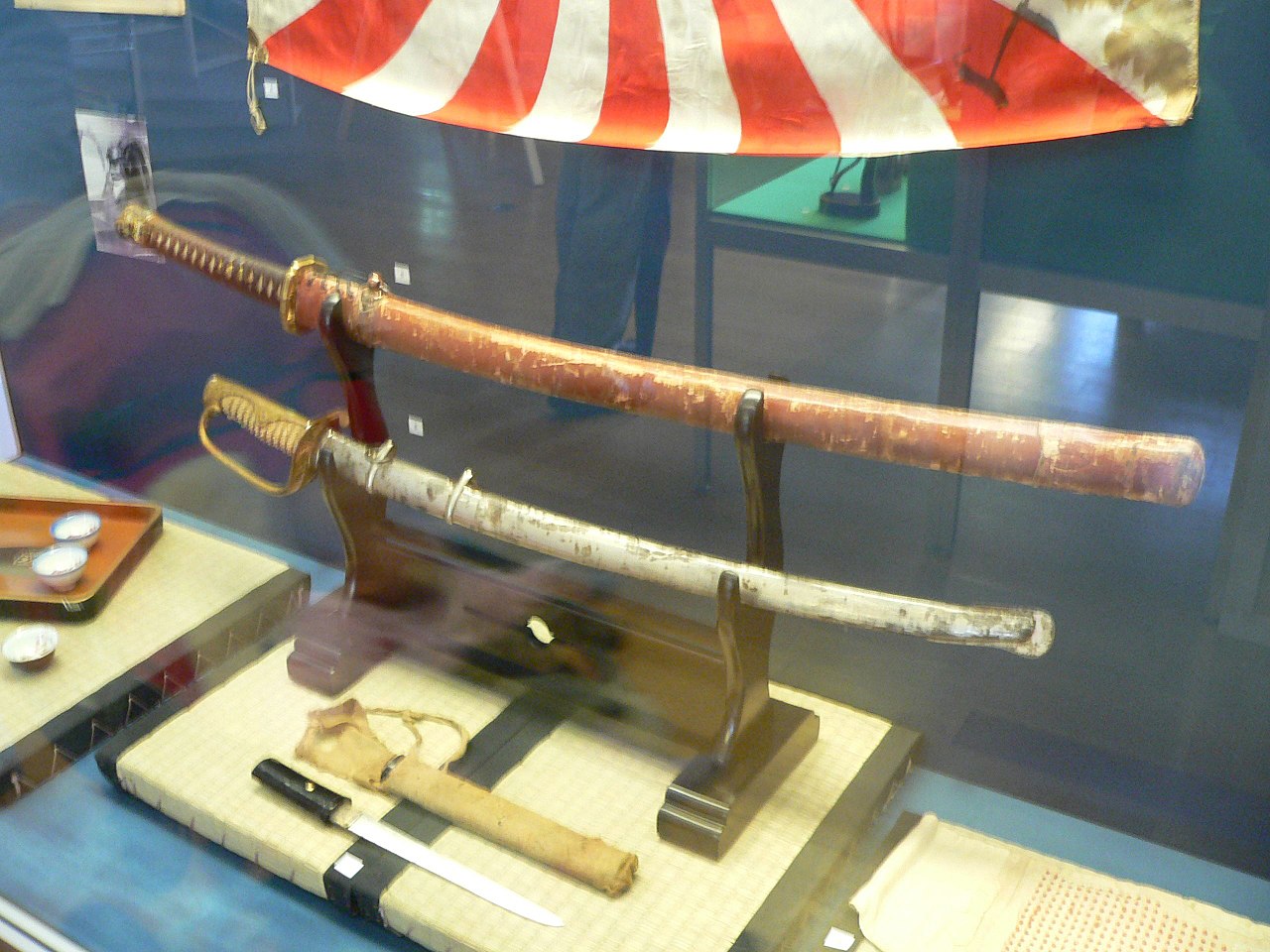Your Cart is Empty


It's no secret that some of the world's highest quality swords originated from Japan. For thousands of years, Japanese bladesmiths have perfected the art of crafting swords. They've pioneered a variety of world-renown swords, including the katana, wakizashi and tachi. Following the end of Japan's samurai era, however, the country's art of bladesmithing began to change.
Samurai Warriors and Swords
Also known as bushi, samurai warriors were the predominant fighting force in feudal Japan. Around the late 1180s, samurai warriors began to take the role of Japan's ruling party, thereby allowing them to make important decisions regarding the which in the land was governed. However, samurai warriors were still responsible for defending the population from invaders -- and this wasn't an easy challenge.
The Mongol invasions of the 13th century forced Japan to rethink its strategy. Samurai warriors found themselves underprepared for the invading Mongols, as they were unable to cut through the Mongols' hard-boiled leather armor. The solution was to develop stronger weapons, thereby giving the rise to the katana and similar swords. With high-quality swords such as these at their disposal, samurai warriors were able to turn the tides of war and protect their homeland from the invading forces.
The End of the Samurai Era
Although it was previously plagued with long periods of war, Japan saw a time of peace during the 1800s. No longer were samurai warriors required to defend their homeland from invading forces. And when defense was required, guns and other modern weapons were used instead of swords. Traditional Japanese swords like the katana were still produced -- though in fewer quantities -- during this time, but they were typically used for ceremonial purposes.
The exception, however, is the gunto. The gunto is a style of Japanese swords that was produced for the country's army and navy following the demise of the Samurai period. Like the katana, gunto swords usually featured a single-edged, curved blade. Unlike the katana, however, gunto swords were mass-produced with an emphasis on quantity rather than quality. They lacked the strength, durability and attention to detail as their higher quality counterparts.
Japan's government has enacted laws to preserve the country's bladesmithing art. Even today, there are bladesmiths in Japan who use the same practices as their ancestors to forge high-quality swords like the katana.
Much has changed throughout Japan's history of bladesmithing. But while samurai warriors are no longer tasked with the defending their homeland, the region still produced some of the world's finest swords.